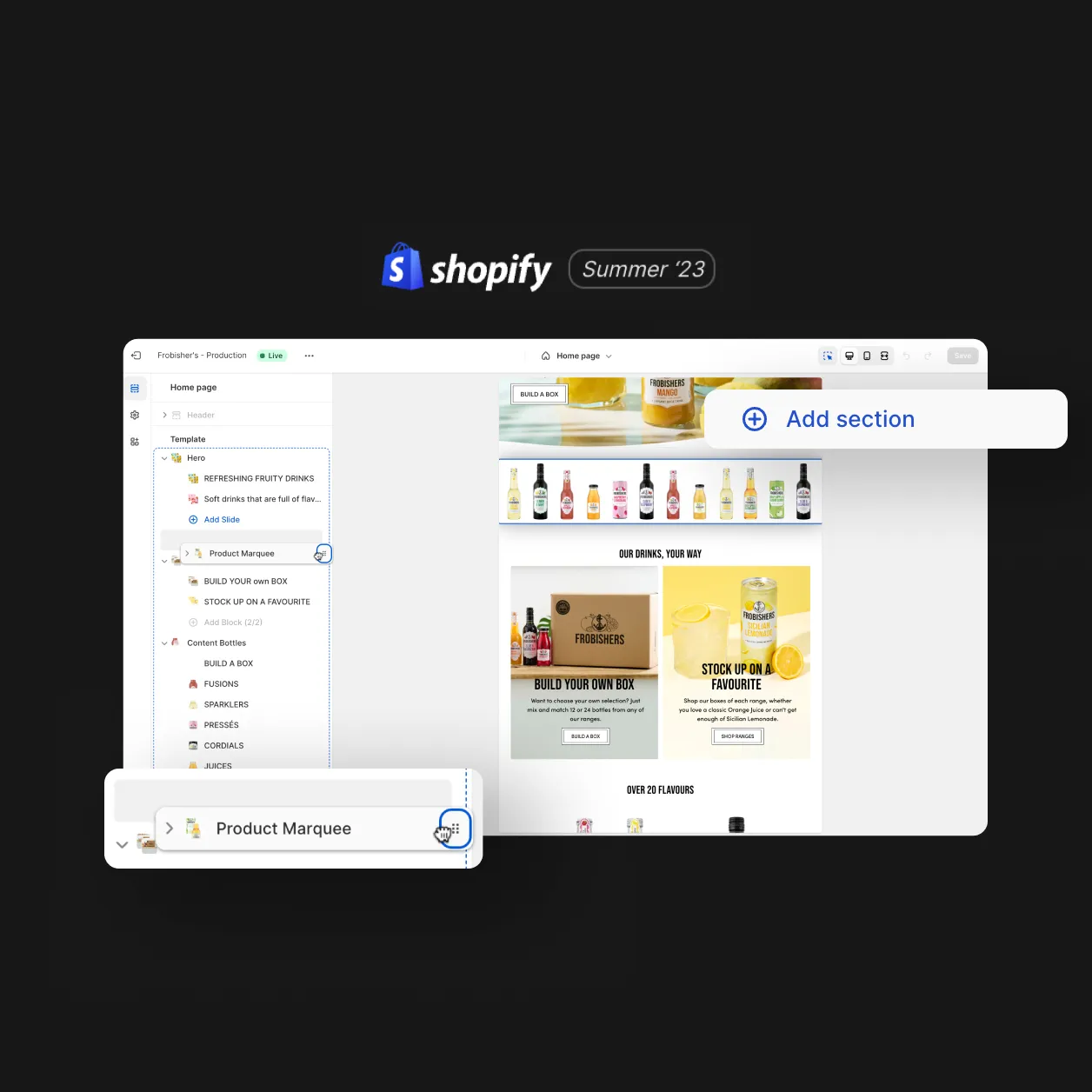
The protection of customer data is becoming more and more important, while consumers become more aware of how their data is used and how big tech companies profit from this data.
In this article we ask and answer the obvious, explain the context of first and third-party cookie use and provide some conjecture to the longer-term ramifications within development and advertising. So let’s start with the basics.
So what’s changed?
Several internet browsers have eliminated or are due to eliminate third-party cookies – which advertisers use to collect information about that user’s activity. Leading the charge was Safari (Apple) which has blocked third-party cookies by default since the release of Safari 13.1 in July 2020.
The platform most impacted by this change was Facebook (and Instagram) who responded by enabling first-party cookies that pass data back to Facebook as long as the sites have established a first-party relationship.
How are web cookies created?
Third-party pixels are commonly used for online advertising and placed on a website through a script or tag in the header or body of a website’s code.
What are third-party cookies?
A third-party cookie is accessible on any website that loads the third-party server’s code. These small blocks of data are created by a web server while a user is browsing a website and placed on the user’s computer or other devices by the user’s web browser.
Third-party cookies are created by businesses/domains such as Facebook. The third-party element means they are not the website that you are visiting.
For example, a Facebook pixel on a client’s website is not on facebook.com and therefore that pixel is from a third party.
How are third party cookies used?
The information collected by third-party cookies is used to target users with adverts tailored around the actions that were or were not taken. A common example would be a user who visits a website, adds a product to their basket and then abandons their session. The cookie collects this information and the user this then targeted on another platform with a timely message ‘Hey, it looks like you left something behind, complete your checkout of <insert product><insert product price> ‘.
What are first-party cookies?
First-party cookies are stored by the website you are visiting directly. These first-party cookies allow website owners to collect analytics data, remember user preferences (eg: language settings) and perform many useful functions that improve user experience.
How are first-party cookies used?
The Tribe Digital website is collected information on you browsing this page. We’re not going to use this data to target you with paid advertising (excellent organic visibility is more our vibe) but in the course of time, we will use your and others anonymised metrics to see which posts are most popular and use this to inform future insights we write.
What’s the difference between first and third-party cookies?
First and third-party cookies both track user behaviour and have similar purposes but collect and use this data in different ways. The table below outlines the key differences.
| First party cookies | Third-party cookies | |
|---|---|---|
| Seeing and ready the cookie | Can be set by the publisher’s web server or any javascript loaded on the website. | Can be set by third-party servers (eg: a social media platform) via code loaded on the publisher’s website. |
| Availability | A first-party cookie is only accessible via the domain that created it. | A third-party cookie is accessible on any website that loads the third party server’s code. |
| Browser support blocking and deletion | Supported by all browsers and can be blocked and deleted by the user, in doing so UX may be reduced. | Supported by all browsers, but many are now blocking the creation of third-party cookies by default. Many users also delete these cookies regularly. |
So what’s the big deal here?
Regulation in favour of the consumer is catching up with the often cavalier approach of big tech. Mark Zuckerberg’s utterance ‘Move fast and break things’ seems like a distant memory.
The EU (GDPR) moved early on this and has since been followed by and the California Consumer Privacy Act (CCPA). These new regulations do not stop advertising in their tracks but raise awareness for consumers and control where data is collected – culminating in the user having an opt-in (or out) option.
Consumers are also becoming more aware of their personal data, the security of that data and also the wider data sources they haven’t consented to. This latter point is impacting the consumer trust between certain brands and particularly social media platforms (Facebook 👀 ).
This being said consumer attitudes to protecting their own data is often found lacking. The Pew Research Centre say just 41% of internet users have disabled third-party cookies, with 64% of users favouring the clearing of browsing history and cookies. In short, they’re still relying on companies to be careful with the data they’re handing over.
The brands perspective
For brands we work with, their data on their customers is highly valuable (obviously) and this is even more important for startups who are digital-first and usually web-only but lack the brand recognition of established brands. These changes will make utilising first-party data even more imperative.
A long-term outlook
Longer-term brands will need to collect data in a more ethical way or by providing added value to customers who do opt-in. Loyalty programs represent the most obvious means to facilitate this and work by giving customers who; create accounts, purchase X number of times, opt-in to SMS / email messaging or provide their DOB, points which can be redeemed against future purchases.
These mechanisms improve customers experience, collect and use data correctly whilst giving the best perks to your more loyal customer cohort (rather than the price hunting one-off consumers). Want to see a loyalty scheme in action? Read our case study for Scarpetta Pasta or alternatively head over to their website and try their pasta meal kits.
Design
Inspiring behaviour change through visual experiences. Our digital design services ensure instant clarity and visuals that cut-through in a cluttered market.




